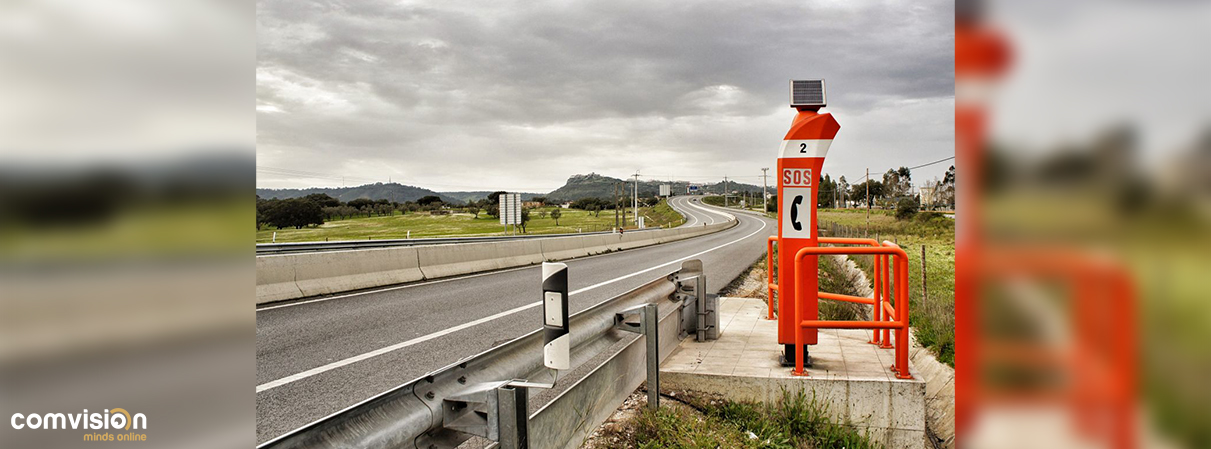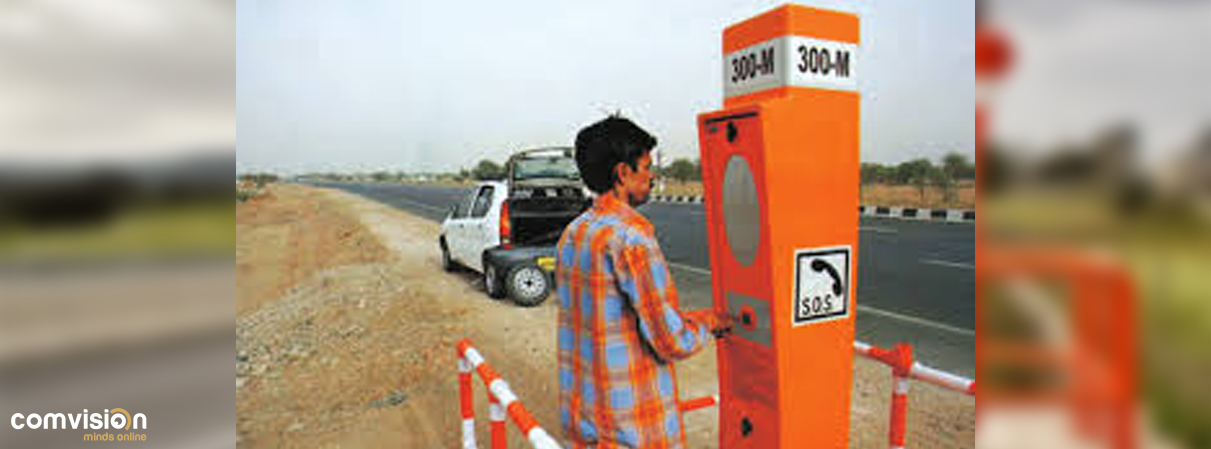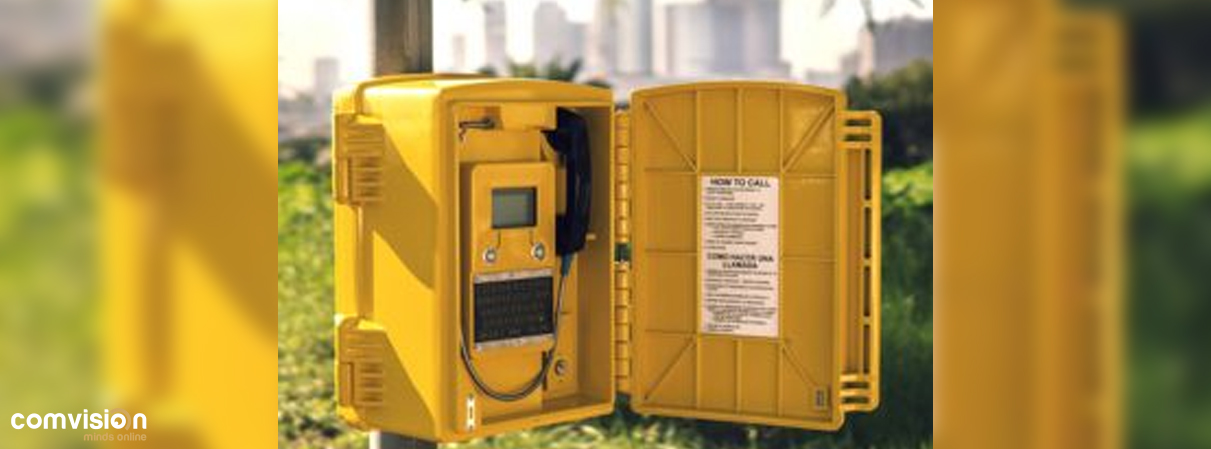


Emergency Call Boxes (ECBs) are a critical component of many Advanced Traffic Management Systems (ATMS). These boxes are strategically located throughout highways and roadways to provide a means for drivers and passengers to contact emergency services quickly in the event of an accident or other emergency.
ECBs typically consist of a large, easily visible box mounted on a post or pole, containing a telephone or intercom system, and often accompanied by a flashing light or other visual indicator to help users identify its location. When activated, the system automatically connects the user to a designated emergency services provider, such as the local police or highway patrol.
In addition to providing a direct line to emergency services, ECBs also serve as a deterrent to crime and other illegal activities, as they are often equipped with cameras or other surveillance technology to monitor the surrounding area.
Integrated Surveillance System |
Comvision's Emergency Call Boxes come equipped with surveillance systems, such as cameras and motion detectors. These systems help to monitor the surrounding area for potential hazards, such as accidents or criminal activity, and provide additional security for users. |
Durable and Weather-resistant Design |
An Emergency Call Box must be able to withstand harsh weather conditions, extreme temperatures, and potential vandalism. To ensure long-lasting performance, Comvision's boxes are designed with durable materials and often have tamper-proof features. |
Robust Communication System |
The communication system of Comvision's Emergency Call Box is designed to provide reliable and clear communication between the user and the Integrated Command and Control Centre (ICCC). It is often equipped with advanced features such as noise-cancelling microphones and speakers, to ensure that users can be heard clearly. |
On-ground images from projects where ECBs have been implemented by Comvision




